Concepts and Definitions in Operational Management
| ✅ Paper Type: Free Essay | ✅ Subject: Management |
| ✅ Wordcount: 1554 words | ✅ Published: 07 Sep 2017 |
Question 1:
Answer: OPERATIONAL MANAGEMENT
Operational management refers to managing the operations of an organization. Managing the operations means to manage the resources and follow the policies and procedures of any organization. The basic and most important operation of management is to process the inputs into outputs to get desired results. The meaning of operational management contains words i.e. resources, systems, conversion or transformation and outputs. (Business)
These words can be explained as :-
RESOURCES
Resources are the man, material and money in the organization. Man or staff is the major or key requirement in an organization. Material is also very important because without availability of material production cannot be possible. And money or capital is required for hiring staff and for purchasing the raw material so that the raw material can be converted into finished products through production.
SYSTEMS
There is a system which every company has to follow. Every organization has some policies and procedures which helps the organization to achieve their goals and helps in profit maximization. If the work done in an organization is according to the plan then it helps in attaining the goal of the company. Planning is the first and important step of management. Without planning no other function can be performed in an organization.
CONVERSION
Conversion means converted the inputs (i.e. the raw material) into outputs (i.e. finished goods). In an organization raw material can be converted into work in progress and then into finished goods. When the material is transformated from inputs to outputs then this process is known as productivity.
OUTPUTS
Outputs are the final results which each organization gets after conversion of inputs into finished products. If the value of outputs is greater than the cost of inputs used then we can say that the value is added to product hence the output helps in increasing profits of company. (outputs)
THE STRATEGIC ROLE OF OPERATIONS :-
CUSTOMER SATISFACTION
The basic objective of operating systems is to satisfy the customers by giving them better products at low cost and by giving them better services than other companies . Consumers can be satisfied if the products are not too costly an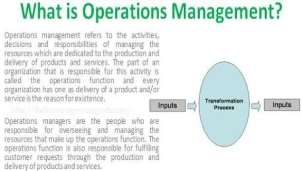 d available on time. (Understanding operations management)
d available on time. (Understanding operations management)
RESOURCE UTILISATION
Another major objective of operating systems is to utilize resources for the satisfaction of customer wants effectively. Customer service must be provided with the achievement of effective operations through efficient use of resources. Inefficient use of resources or inadequate customer service leads to commercial failure of an operating system.
EFFICIENCY
Another objective of operational management is efficiency. Efficiency is must in every organization .Higher efficiency helps in less wastage of resources. If the resources are not wasted then it will lead to less per unit cost of production. Efficiency helps in specialization of staff.
QUALITY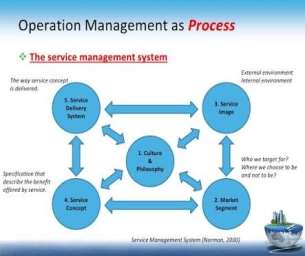
Quality is also another important objective of operational management. Every customer wants a product which is very good in quality and also with less cost. Quality helps in satisfying the customers and if the customer is satisfied then effective relation can be build between consumers and organization.
ADAPTABILITY
if the quantity and quality of the product is upto the mark and also the price of the product is affordable then that product is survived in long run that means the product helps for future survival of the company.
Question 2:
Answer: Production means step-by-step conversion of raw material into work in progress and from work in progress into finished goods. Production is an important and essential function of any organization. Without doing production no organization can survive or remain existing.
CLASSIFICATION OF PRODUCTION SYSTEM
Production systems can be classified as Job-shop, Batch, Mass and Continuous production systems.
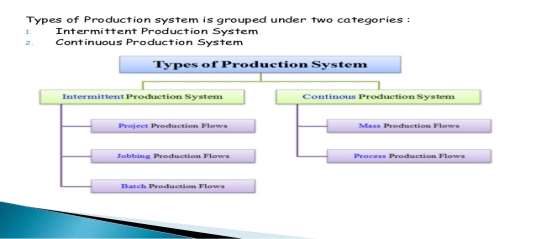
Job-Shop Production: When only one product or a few quantity of products are manufactured and the product which are produced is as per the specification given by the customers then that type of production is known as Job – shop production. (products-services)
Advantages:
- It helps in availability of more variety of products.
- It helps in improving the skills of the employees.
- More creative ideas of employees can be used in this method of production system.
Limitations
- More staff is required as the productiin is few.
- High time consumed in less production.
- Production planning is complicated.
- More wastage of resources resulting in higher per unit cost of production.
Batch Production : When the production is done in lots or batches then this productionis known as batch production. In this type of production the lots are not producing continuously but in limited quantity.  (production-system)
(production-system)
Advantages
- Cost per unit is low.
- Batch production helps in job satisfaction.
- It helps in better utilization of resources.
- It requires low investments for production as the production is not done in bulk quantity.
Limitations
- Handling of material is very difficult.
- More material is required hence more wastage of resources.
Mass Production : When the production is done in bulk quantity and continuous then that type of production is known as mass  production. In this type of production the machines are arranged in a line.
production. In this type of production the machines are arranged in a line.
Advantages
- Per unit cost of every production is low.
- Less time is consumed in producing bulk quantity.
- With less material quantity higher production can be done.
- Mass production helps in less wastage of resources.
Limitations
- Mass production requires higher investments and resources.
- If the machine used in producing bulk quantity is damaged or breakdown then whole production line will be stopped.
Continuous Production : When the production is done continuously i.e. the production starts from using the raw 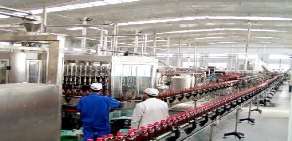 material and ends with finished products. This type of production is done when the handling of material is fully automated. (continuous-production-system)
material and ends with finished products. This type of production is done when the handling of material is fully automated. (continuous-production-system)
Advantages
- Less time is consumed in producing more units.
- It helps in more utilization of available resources.
- It helps in less wastage of resources.
- Per unit cost is low in continuous production.
Disadvantages
- It requires very high investment.
- If manufacturer want to do any change in any product then it is not posdible.
Question 3: After critically evaluating the key operational levers, discuss which can be applied to management of service operations of Ryanair for the proactive management of customer experience. [ 15 Marks]
Answer: What is a “lever”?
levers are initiatives that a client can undertake in order to drive the desired impact. There is usually a limitless number of things a company can consider trying in order to improve their business. (Industry week)
Five key levers to productivity improvement – every day
There are Five key levers for every day improvement. These levers can be explained as :
1. Cost structure
Cost structure is a method of determine how much it will cost a company to manufacture a product and how much profit will be recognized from manufacturing a product. It is very important to structure or manage the cost. So that the per unit cost of a product decreases and profit from that product increases. If the cost of the final output is more than the cost of the input then it can be said that the value is added to the product.
2. Organization of work
In any organization if the working of the organization is according to the plans and policies then this also helps in better utilization of resources and helps in achieving of organizational goals. This helps in restructuring of an organization. (aggregate-sales-and-operations-planning)
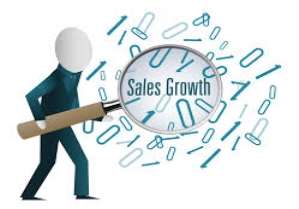
3. Business processes
Business process is a collection of related structured activities that produce a specific product for a particular customer. This lever contains work as a team and if the employees of the company are worked together without any chaos then it helps in improving the position of business because it is very important for every organization to work in cordinating with the employees. 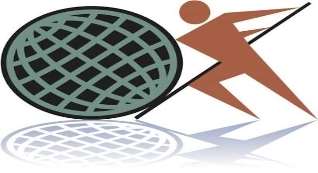
4. Knowledge management
Knowledge management means managing the knowledge and information of an organization. Knowledge management helps in improving the performance of the company. With this lever an organization can do more innovations results in providing better products to consumers than their competitives. It also helps in continuous improvement of the organization.
5. Information Technology (IT)
It is the application of computers to store,study and manipulate the data or information of the business. Business need to take charge of this lever and starts IT in its process. IT helps in storing and saving the data or information of any enterprise and that information can be used whenever it is required. This will help in reducing paper work in the organization.
CONCLUSION
There are several levers which helps in improving everyday business works. These levers has to be integrated into business as soon as possible to drive the desired impact. These levers helps in achieving of organization objectives efficiently and effectively and improves the working of the organization.
References
aggregate-sales-and-operations-planning. (n.d.). Retrieved from http://museum-madness.blogspot.co.nz/2011/12/aggregate-sales-and-operations-planning.html
Business. (n.d.). Retrieved from https://www.boundless.com/business/textbooks/boundless-business-textbook/operations-management-10/introduction-to-operations-management-69/a-study-of-process-328-7195/: https://www.boundless.com/business/textbooks/boundless-business-textbook/operations-management-10/introduction-to-operations-management-69/a-study-of-process-328-7195/
continuous-production-system. (n.d.). Retrieved from http://kalyan-city.blogspot.co.nz/2012/02/types-of-continuous-production-system.html
Industry week. (n.d.). Retrieved from http://www.industryweek.com/growth-strategies/levers-mastering-margins
outputs. (n.d.). Retrieved from http://www.open.edu/openlearn/money-management/management/leadership-and-management/understanding-operations-management/content-section-3.3
production-system. (n.d.). Retrieved from http://kalyan-city.blogspot.co.nz/2012/02/what-is-production-system-definition.html
products-services. (n.d.). Retrieved from https://www.archives.gov/preservation/products/definitions/products-services.html
Understanding operations management. (n.d.). Retrieved from http://www.open.edu/openlearn/money-management/management/leadership-and-management/understanding-operations-management/content-section-3.4
Cite This Work
To export a reference to this article please select a referencing stye below:
Related Services
View allDMCA / Removal Request
If you are the original writer of this essay and no longer wish to have your work published on UKEssays.com then please click the following link to email our support team:
Request essay removal


